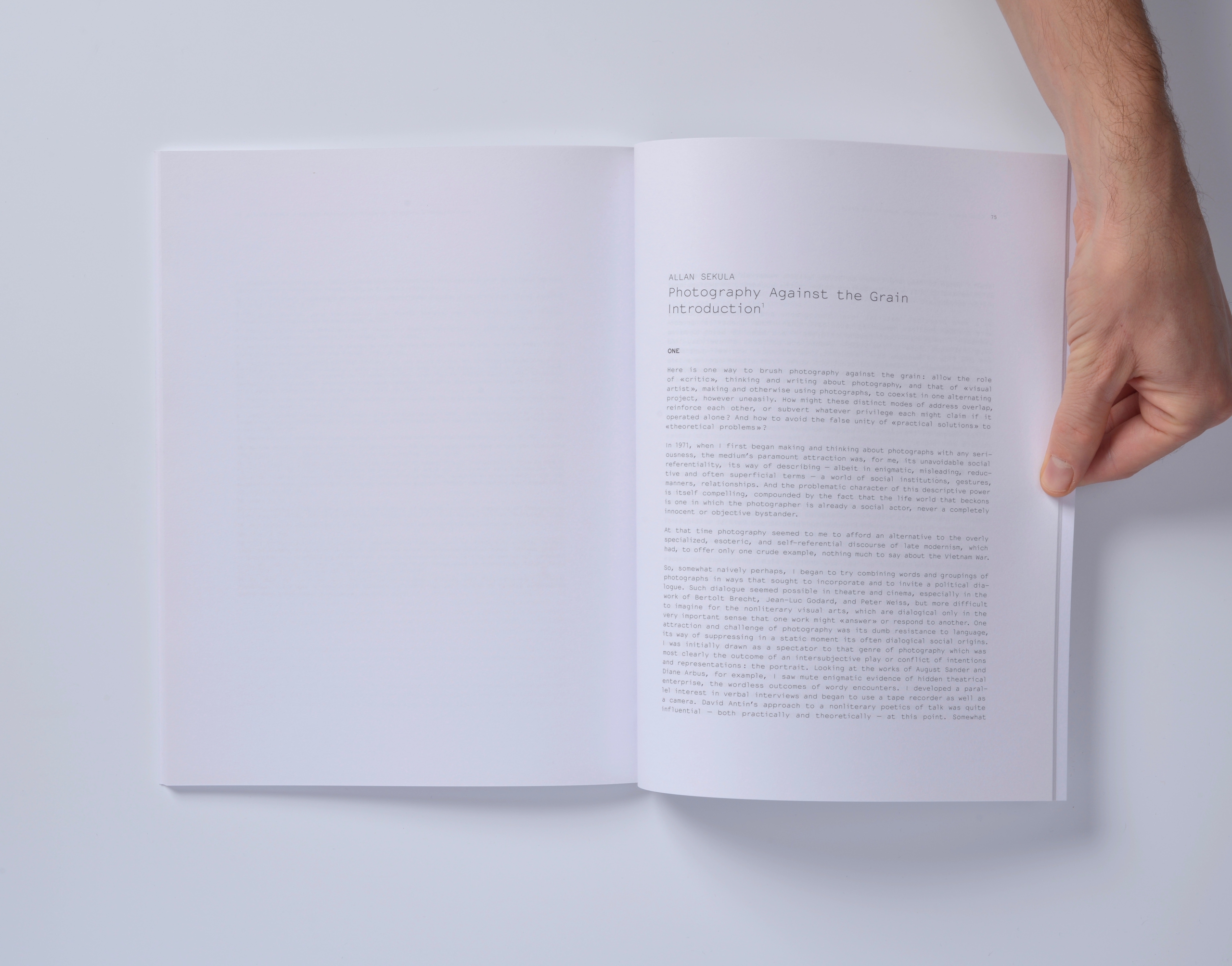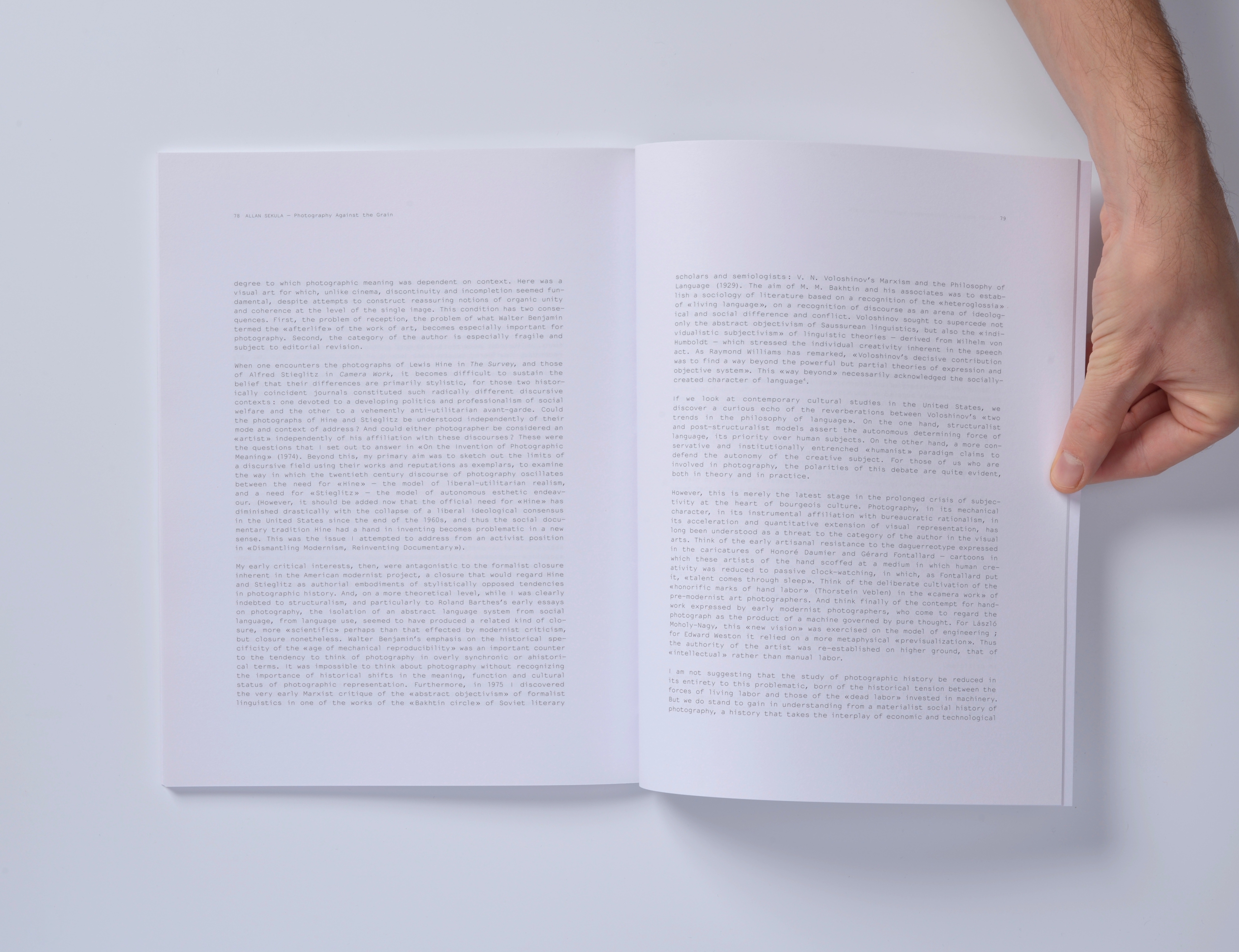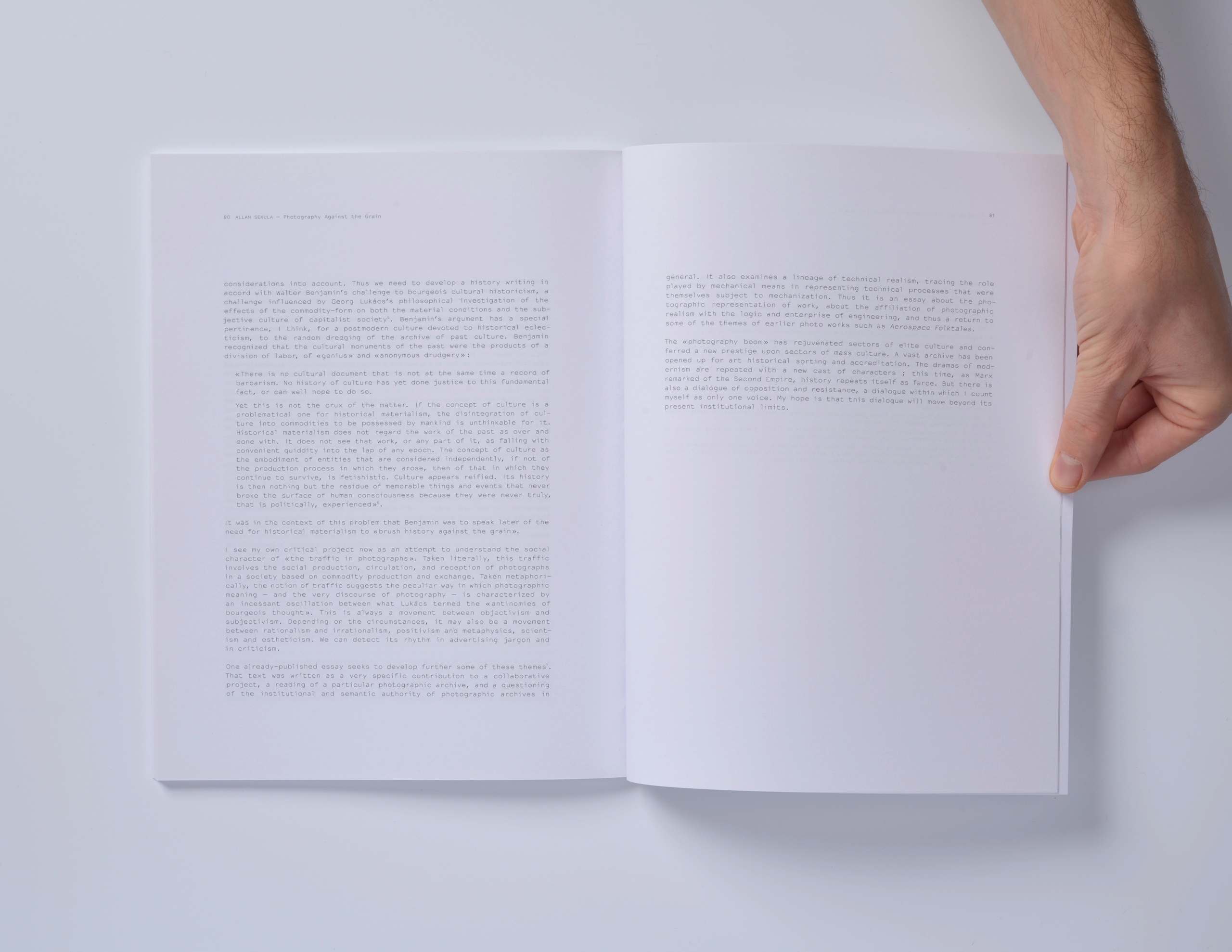The second half of the 1960s witnessed the
emergence first in America, then in Europe, of a peculiar figure that continues
to problematize the economy of the "art scene"
to this day: the figure of the artist-as-theorist. The
critical and theoretical works of many artists who champion the use of language
in the field of art are still a largely unexplored terrain. Although they were in
many respects the heirs of Soviet avant-garde artists whose intellectual
prerogatives had been radically expanded, the theorizing artists of the period from
1965 to 1985 nevertheless played an unprecedented role. While the status of the
former was based on a progressive, positivist paradigm that elevated the theory
of art into a science that was to be enriched and taught, the status of the latter
seems to have been the upshot of very diverse factors. The object in this book is
not so much to define those factors as to explore them through a variety of singular
itineraries. By examining how and to what end the preeminent artists-as-theorists
have been able to maintain the "dangerous liaisons"
(Rosenberg) between artistic practice and ideas, L'artiste
comme théoricien sheds light on some of the foundations of the complex
status of the "contemporary artist".
Editor: Olivier Mignon
Essays by Olivier Mignon, Katia Schneller, Anaël
Lejeune, Laurence Corbel, Maria Palacios Cruz and Allan Sekula
Art intervention by Allan Sekula
Published in 2010
In French and English
21 x 27 cm
88 pages
ISBN: 978-2-9600632-5-7
EAN: 9782960063257











